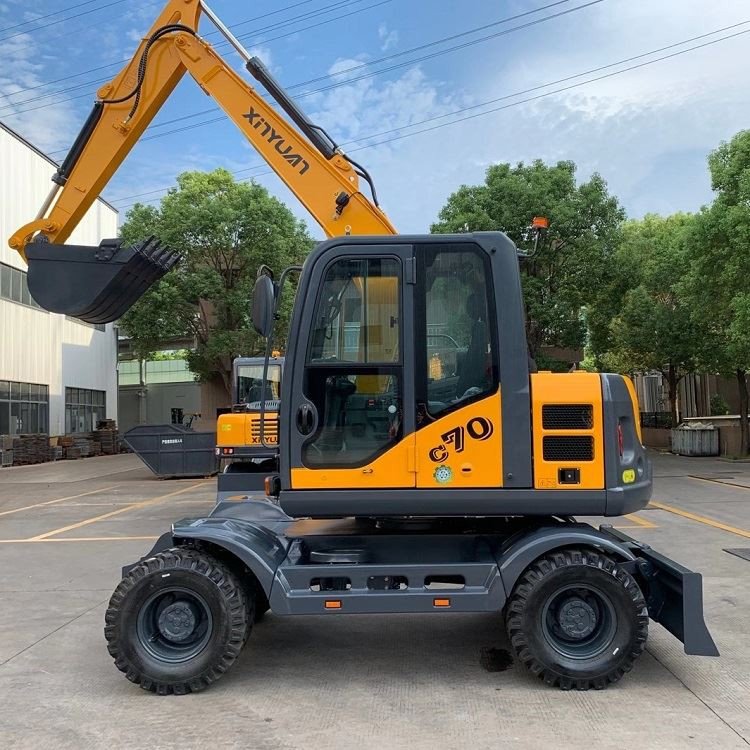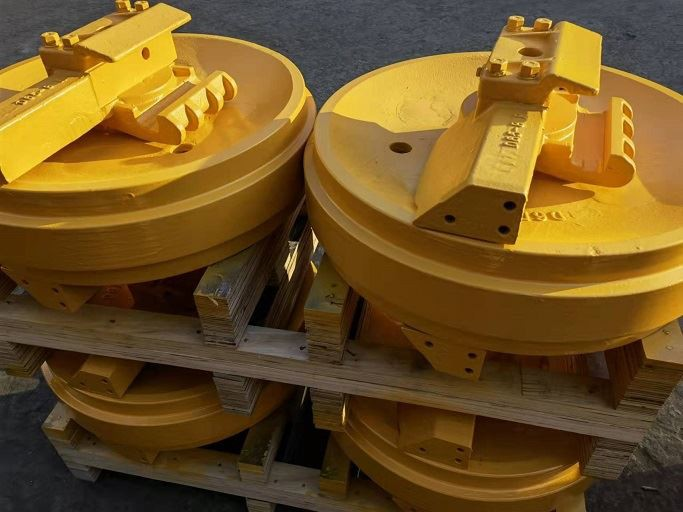Hydraulic Excavator Mechanism
A hydraulic excavator is a large machine with a hydraulic arm at the tip and the capacity to rotate 360 degrees on its own axis. It is designed to move on wheels or chains and has a hydraulic arm with a blade at the tip.
It can excavate, rotate, move, load, mobilize, and demobilize objects, among other things.
Hydraulic excavators, which are large, powerful, and self-propelled on XINYUAN, can undertake remarkable excavation, extraction, and unloading operations.
We evolved around the turn of the century, including hydraulics, automation, electronics, computing, and other features indicative of the evolution of engineering and materials.

Hydraulic Excavator Description
Excavators are required for certain building projects that require deep digging to move significant volumes of material, which necessitates the use of an excavator. Excavators are extremely beneficial for doing deep work with great performance, from sewers, water pipelines, and wiring to the development of urban complexes, roads, highways, and pavement.
The following are the excavators' highlights:
History, characteristics, functions, parts, brands, and pricing are all included.
In such a way that we have the necessary information when choosing a model.
Wheeled Hydraulic Excavator
There are objective reasons why a buyer may prefer a wheeled or tracked machine. Wheeled excavators offer much faster travel times around site and can be driven legally on public roads in many European countries, which can save on transportation costs. Crawler excavators are much less mobile, but much more stable on soft ground due to their lower bearing pressure. They are arguably more versatile machines, but are expensive to transport from site to site.
Furthermore, there is the issue of what equipment customers and users are accustomed to, as well as the type of equipment they like. There is usually at least one long-standing OEM that has popularized the concept for many decades in markets where wheeled excavators are popular.



